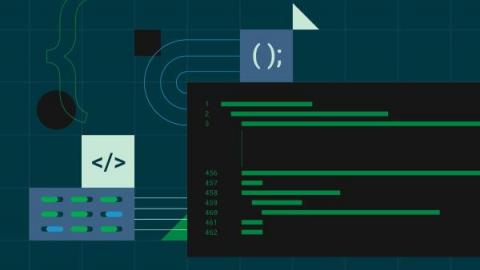Making HTTP requests with Axios
Axios is a promise-based HTTP library that lets developers make requests to either their own or a third-party server to fetch data. It offers different ways of making requests such as GET, POST, PUT/PATCH, and DELETE. In this tutorial, I will explain how Axios interacts with applications, describe the structure of Axios requests and responses, how to make requests to an API, and how to write tests for your requests using CircleCI.











